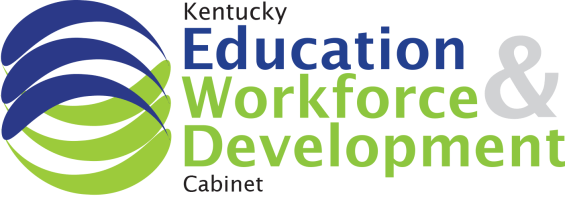Glad You Asked That: Daryl Gunnarson Answers Questions on Implementing PMP processes and Growing as a Project Manager
 Daryl Gunnarson is a business consultant and BPG’s PMP Exam Prep instructor. Here he shares his thoughts on implementing PMP Processes and growing your project management skills and career.
Daryl Gunnarson is a business consultant and BPG’s PMP Exam Prep instructor. Here he shares his thoughts on implementing PMP Processes and growing your project management skills and career.
What About the PMP Process is most challenging to organizations?
Understanding the amount of work and time needed to implement the PMP methodology: Most companies feel constrained by the processes and want to cut corners.
If one of your PMP students asked for advice on establishing an organization-wide project management program, what would you tell him/her?
Implementing PMP processes is restrictive and has all kinds of ripple effects on an organization’s culture. It’s important to understand the corporate culture and to have the support of the organization’s leadership.
It’s also important to link and prioritize projects to the organization’s strategies and goals. Once priorities are determined you can create a master plan, sequence the initiatives, establish schedules, define roles and responsibilities, regularly measure results, and celebrate successes.
I’d also assure the student that It is possible for company cultures to change. When I was at P&G, I did a PMO assessment of every organization within the company worldwide. We developed an assessment tool to ensure a common and world class standard. At the start, one overseas company declared they were 7.5 on a 10-point scale. That indicated they had good systems in place. The assessment tool gave them a 3 rating. Over the course of the 10-year program, as we implemented PMO processes they earned the higher rating.
In addition to being a PMP, you also have a LSSBB. What benefits do you see in having both certifications?
LSS Is all about processes. I use LSS to troubleshoot what is going on in an organization. Having good processes in place can make project management flow a little easier. I worked with an IT cyber security company that was making half a million dollars a year. They were looking all over the place for opportunities. They first needed to define who they were as an organization and what values they wanted to drive their decision making. From there they were able to identify their target markets and prioritize projects. Within five years the company was making $10 million dollars a year.
You have worked on projects that have spanned years. In addition to the PMO assessment you mentioned earlier, The Father’s House initiative took several years. How do you handle the transition from project to finished product/service?
By definition, a project has to have a start and end point and the transition is critical to a project’s success. That transition plan should be part of the project plan from Day 1 – with input from all the stakeholders. For The Father’s House, I created a 500-task schedule linking all aspects of the construction. It made me think through the timing and helped me manage myself and the project. Now other people are leading the ongoing work of The Father’s House. *
Project Management seems to come naturally to you. How would you recommend someone improve their project management skills?
Some people are just wired to be project managers; I’m always looking for ways to be more productive, get things done faster or more smoothly. It’s also important for a project manager to know enough about how organizations work to ask good questions. When I worked at P&G I took four hours each month to learn about an aspect of the company, such as marketing, sales, R&D, and engineering, worked. I read everything I could, talked to people, and sat in on meetings. As a result, I know I can consult with any company and ask intelligent questions.







